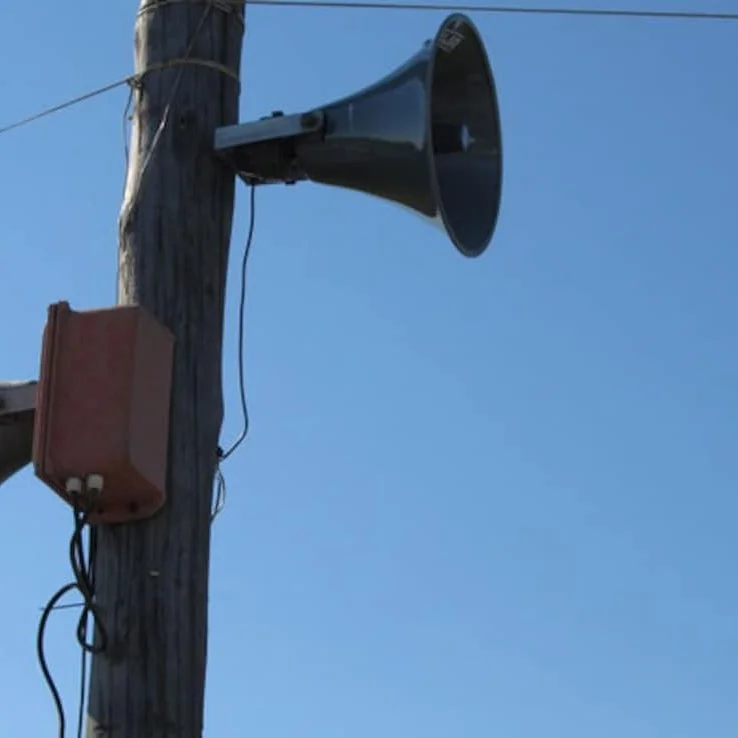The Allahabad High Court has denied a request to install loudspeakers on a mosque, clarifying that using these devices is not a guaranteed right. This decision was made after Mukhtiyar Ahmad from Pilibhit asked for official permission to put up loudspeakers. Justices Ashwani Kumar Mishra and Donadi Ramesh, who presided over the case, stated that places of worship should be for prayer, not for making loud sounds. This ruling is part of a larger conversation about the appropriateness of loudspeakers at religious locations.
The court’s ruling is based on a legal perspective that does not align with the petitioner’s viewpoint. The judges explained that while religious practices are protected, this protection does not automatically include the use of sound-amplifying equipment. They made it clear that the main purpose of a religious place is for prayer, and that loudspeakers are not a necessary part of this activity. The justices stated that “Religious places are for offering prayers to the Almighty and such prayers can be offered peacefully without any disturbance, without the use of any sound amplifying devices,” further clarifying the court’s position.
This ruling may influence similar cases throughout the state, and potentially the rest of the country. Although the decision is directly applicable to this specific case, it adds to a growing body of legal precedent that will likely influence future decisions regarding loudspeakers in public spaces, especially at religious sites. The court’s decision reinforces the idea that public noise standards can be more important than the desire to amplify religious practices. This aims to balance religious freedom and maintaining peace within communities.
This decision highlights the need for ongoing discussions about noise pollution and religious practices. It also raises questions about how legal decisions impact our communities. The court’s ruling is likely to start conversations among religious groups and civil rights advocates. It could also shape policies that deal with the use of sound amplification in public areas.
